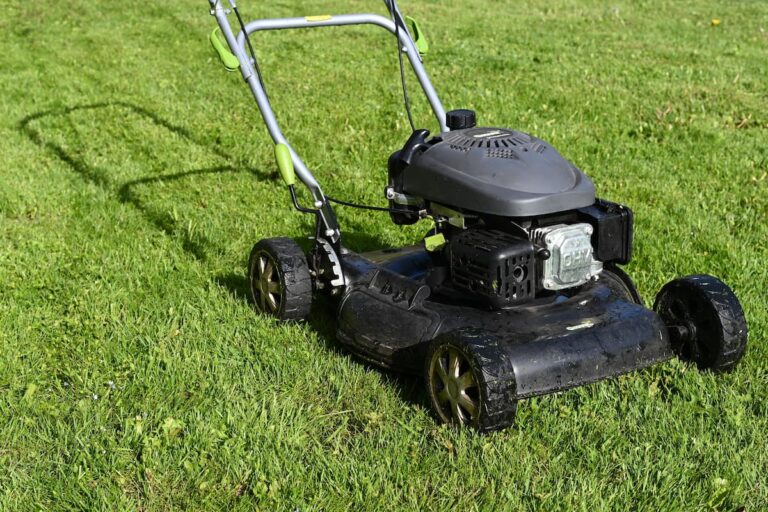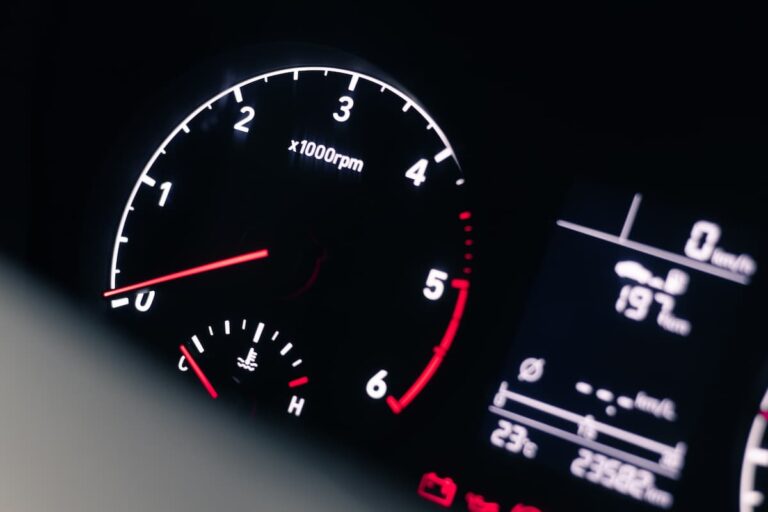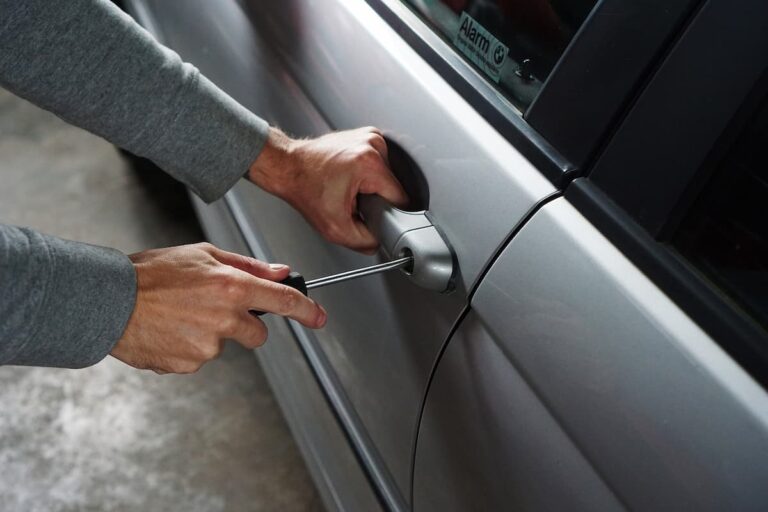Do Cars Need Water to Run Correctly?
You may have seen people on the side of the road dumping gallons of water under their hoods.
But why do they do this?
Do cars actually need water to run?
Cars do not truly need water to run correctly. However, coolant does have water in it, and your car requires coolant to operate efficiently. Yet, you should keep in mind that coolant is not the same as regular water, and you can’t technically substitute them.
In this article, I will discuss whether cars require water to run.
I will also detail why using coolant is better than water, why vehicles need coolant, and how to put coolant in your car.
Do Cars Need Water to Run?
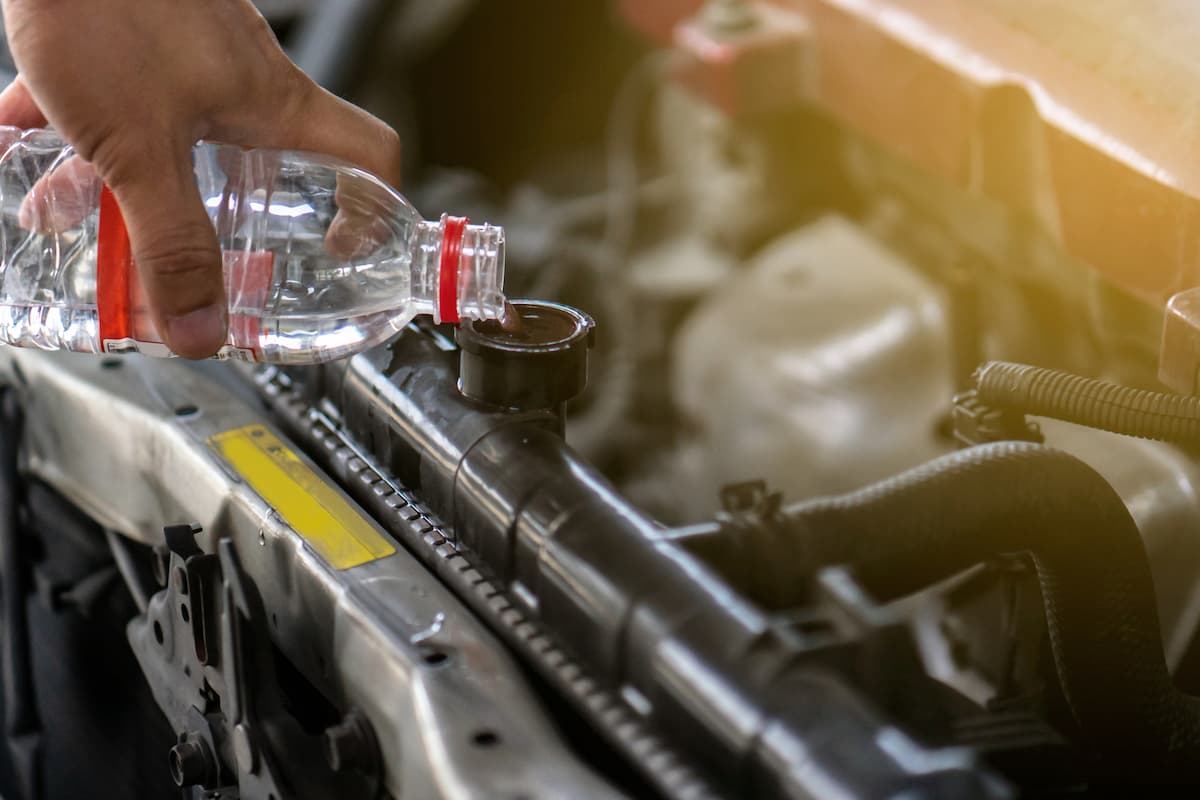
All in all, cars do not need water to run, and there isn’t any place in the car where you must add water.
But, your car does require coolant, which contains water.
Is Coolant Different Than Regular Water?
Yes, coolant is different than regular water.
Although coolant is about 50% water, it is not actually the same as water.
You see, the other 50% of coolant is primarily ethylene glycol, more commonly known as antifreeze.
And antifreeze is vital for your engine to run correctly because it both lowers the freezing point and increases the boiling point of water.
Thus, antifreeze keeps the water in the coolant from freezing or evaporating.
Most of the rest of the coolant, usually less than 10%, is typically a blend of phosphates and silicates.
Coolants contain phosphates and silicates because they protect your car against rust.
And while your car doesn’t necessarily need these compounds to work, they do help keep your vehicle running smoothly for longer.
What if I Use Water Instead of Coolant?
In most cases, if you use water instead of coolant, your car will be fine.
Thus, if your car overheats and you don’t have any coolant, it is usually okay to fill your coolant tank with water.
However, if you do so, you should replace the water with coolant as soon as possible.
If you don’t, the water in your vehicle will likely evaporate pretty quickly, causing your engine to overheat again.
Also, once it gets cold outside, the water in your tank will freeze, which can lead to more problems.
Additionally, water corrodes metal, meaning you could put the metal components inside your car at risk if you leave water in your coolant tank for too long.
Why Do Cars Need Coolant?
Basically, cars need coolant because they produce a lot of heat.
You see, in an internal combustion engine, the motor produces tiny sparks that help make energy.
But of course, these sparks create excess heat.
Plus, all the rapidly moving elements under your hood produce a lot of warmth.
And although this heat production is a byproduct of a working engine, too much heat can lead to detrimental problems.
So, to keep your vehicle from overheating, you need something that can cool everything down.
Thus, cars contain an engine cooling system that keeps the temperatures from reaching dangerous levels.
An integral part of this system is the coolant which circulates throughout the cooling apparatus and absorbs extra heat.
Therefore, if you don’t have coolant in your vehicle, your engine can easily reach extreme heat levels.
When this happens, hoses and gaskets can blow, and engine components can melt.
In some circumstances, an overheated engine can even total a car.
8 Steps to Put Coolant in a Car
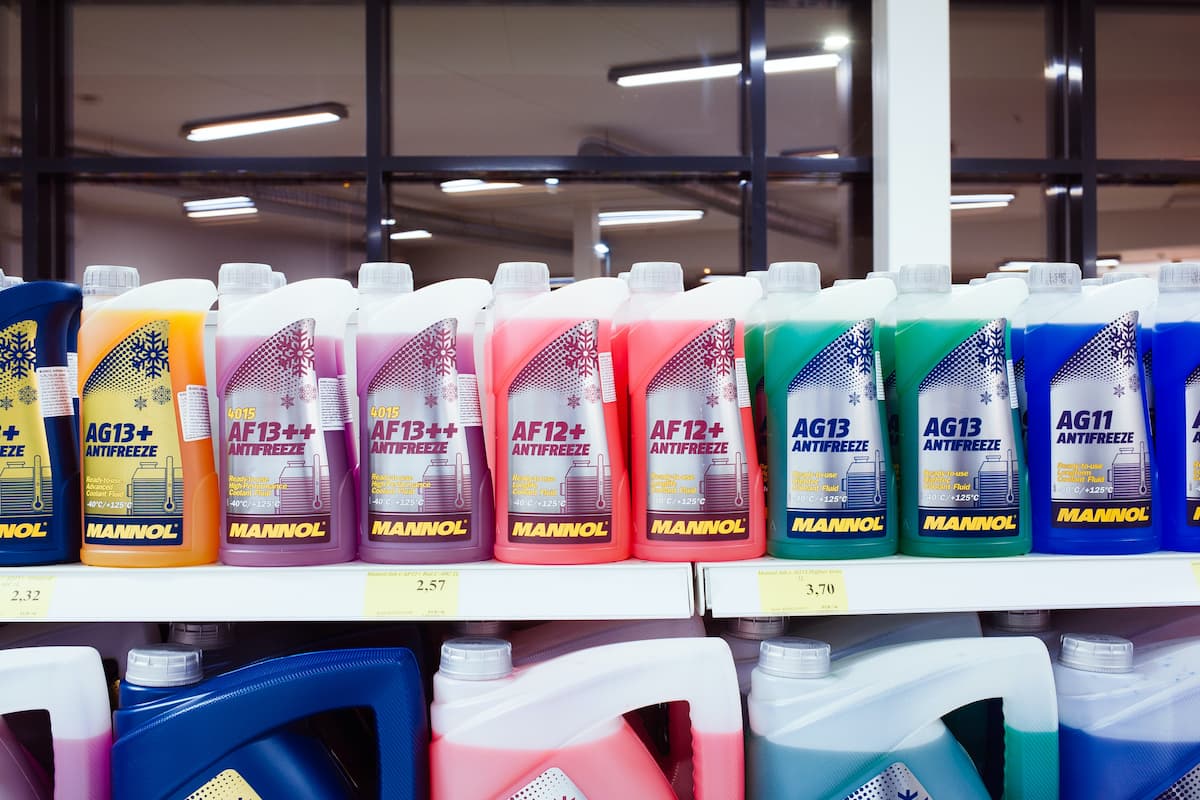
In the following sections, I will describe the correct way to put coolant in your car.
Step One: Buy the Correct Coolant
Of course, before you add coolant to your car, you must make sure you purchase the correct type.
And what type you’ll need for your car depends on your vehicle’s engine.
So, check your owner’s manual before you buy your coolant.
Step Two: Take Adequate Safety Precautions
Before you even open the hood, you should take safety precautions to keep yourself from getting harmed.
First of all, you should remove or secure any loose clothing to ensure nothing accidentally gets caught in a fan.
And remember that sometimes fans can turn on automatically even if the car is off.
So, for instance, if you have long sleeves, you should roll them up.
You also shouldn’t go near your car’s inner workings while wearing a scarf or a long necklace.
Additionally, if you have long hair, tie it back so that it’s out of the way.
Step Three: Turn Off Your Engine and Let it Cool
You should be aware that the coolant in your car and other engine components can get very hot, especially if the vehicle is currently overheating.
Thus, you’ll want to turn off your car and let the engine cool down for a while before opening the hood.
Otherwise, you could very easily sustain severe burns.
If you want to be extra safe, you should set your parking brake before you move on to the next step.
Doing so will ensure the car does not roll while you are standing in front of it.
Step Four: Open the Hood and Find the Coolant Reservoir
Now that you’ve waited for the engine to cool down, you can go ahead and open your vehicle’s hood.
Next, locate the coolant reservoir.
In most vehicles, the coolant reservoir is a transparent tank through which you can easily see the coolant.
Step Five: Check the Coolant Levels
Before adding coolant to your car, you should ensure it truly needs it.
To check your vehicle’s coolant level, look on the side of the reservoir for the fill lines.
For most vehicles, there will be a line that says “hot” and one that says “cold.”
Since your engine should be cool by this point, you will want to see how far the coolant level rises compared to the “cold” line.”
If the coolant level is below the “cold” line, you should add more coolant.
Yet, you do not need coolant if the level is at or above the “cold” line.
Step Six: Remove the Coolant Reservoir Cap
On the top of your coolant reservoir, there should be a screw-off cap.
You need to open this cap to add in your coolant.
However, you should never just pull the cap off your coolant reservoir because if you do, there is a decent chance that the hot coolant will splash out onto your hands and burn you.
So, instead, with a thick rag covering the cap, twist it just a bit.
You may hear a hissing noise when you do this.
If so, wait for it to stop.
Then, you can remove the cap entirely.
Step Seven: Add Coolant
You can now add coolant to the tank until the fluid level reaches the fill line.
Step Eight: Screw the Cap Back On
After you’ve added enough coolant, you can screw the cap back onto the reservoir and close your hood.
You have now successfully added coolant to your vehicle.
Conclusion
Cars do not need pure water to run.
However, your car does require coolant, which contains water.
But, keep in mind that coolant is not the same as water, and you should only substitute them in an emergency.
Table of Contents
- Do Cars Need Water to Run?
- Why Do Cars Need Coolant?
- 8 Steps to Put Coolant in a Car
- Step One: Buy the Correct Coolant
- Step Two: Take Adequate Safety Precautions
- Step Three: Turn Off Your Engine and Let it Cool
- Step Four: Open the Hood and Find the Coolant Reservoir
- Step Five: Check the Coolant Levels
- Step Six: Remove the Coolant Reservoir Cap
- Step Seven: Add Coolant
- Step Eight: Screw the Cap Back On
- Conclusion

